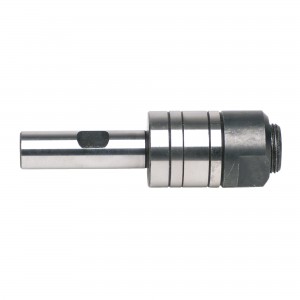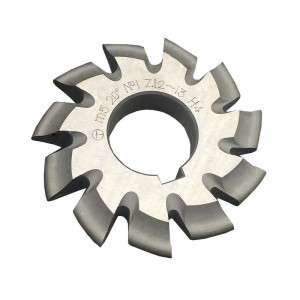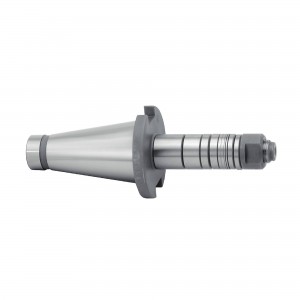The single angle milling cutter is a specialized tool used in metal machining, featuring cutting edges set at a specific angle. It is mainly used for making angled cuts, chamfering, or slotting on a workpiece. Typically made from high-speed steel (HSS) or carbide, this cutter enables precise cutting at high speeds.
Functions
The primary functions of the single angle milling cutter include:
1. Angle Cutting: Creating surfaces or edges at specific angles. This is crucial in many mechanical applications where parts need to fit together at certain angles.
2. Chamfering: Creating chamfers on the edges of a workpiece to remove sharp edges and improve assembly. Chamfering is often used to prepare metal parts for welding or to improve the aesthetic and functional qualities of a part.
3. Slotting: Cutting slots at specific angles, such as dovetail slots or T-slots, which are essential for various jointing techniques in mechanical engineering and manufacturing.
4. Profile Machining: Creating complex angled profiles that are used in the production of specialized components. Profile machining allows for the creation of detailed and precise parts that can be used in a variety of industries.
Usage Method
1. Installation: Mount the single angle milling cutter onto the milling machine arbor, ensuring it is securely fastened and aligned. Proper installation is critical to ensure the cutter operates safely and effectively.
2. Setting the Angle: Choose the appropriate single angle milling cutter based on the required cutting angle. Set the feed rate and spindle speed on the milling machine according to the material being machined and the cutter specifications. This ensures optimal cutting performance and tool longevity.
3. Fixing the Workpiece: Securely fix the workpiece on the worktable to prevent any movement during cutting. Stability of the workpiece is essential to achieve precise cuts and prevent damage to both the tool and the workpiece.
4. Cutting: Start the milling machine and gradually feed the workpiece to make the cuts. Multiple shallow cuts can be made to achieve the desired depth and precision. This approach reduces the load on the cutter and minimizes the risk of tool breakage.
5. Inspection: After cutting, inspect the workpiece to ensure the required angle and surface quality are achieved. Regular inspection ensures that any deviations can be corrected promptly, maintaining the overall quality of the machining process.
Precautions for Use
1. Safety Protection: Wear safety goggles and gloves during operation to protect against flying chips and tool injuries. Always follow safety protocols to avoid accidents in the workshop.
2. Cooling and Lubrication: Use appropriate coolant and lubricant to reduce tool wear and prevent workpiece overheating. Proper cooling and lubrication extend the tool’s life and improve the quality of the machined surface.
3. Proper Speed and Feed: Set the cutting speed and feed rate according to the material and tool specifications to avoid excessive tool wear or workpiece damage. Incorrect speed and feed settings can lead to poor surface finish and reduced tool life.
4. Regular Tool Inspection: Check the milling cutter for wear or damage before use and replace it as needed to ensure machining quality. Regular inspection and maintenance of the tool prevent unexpected failures and ensure consistent performance.
5. Secure Workpiece: Ensure the workpiece is firmly fixed to prevent movement during cutting, which could lead to errors or accidents. Proper clamping techniques are essential for safe and accurate machining.
6. Gradual Cutting: Avoid deep cuts in a single pass. Multiple shallow cuts improve machining accuracy and extend tool life. Gradual cutting reduces the stress on the cutter and the machine, leading to better results.
By using the single angle milling cutter correctly, high-precision angled cuts and complex profile machining can be achieved. This enhances machining efficiency and product quality, making it an indispensable tool in the manufacturing process. Understanding the proper usage and maintenance of the single angle milling cutter ensures that it performs optimally, providing reliable and precise results for various machining tasks.
Contact: jason@wayleading.com
Whatsapp: +8613666269798
Recommended Products
Recommended Products
Post time: Jun-09-2024







